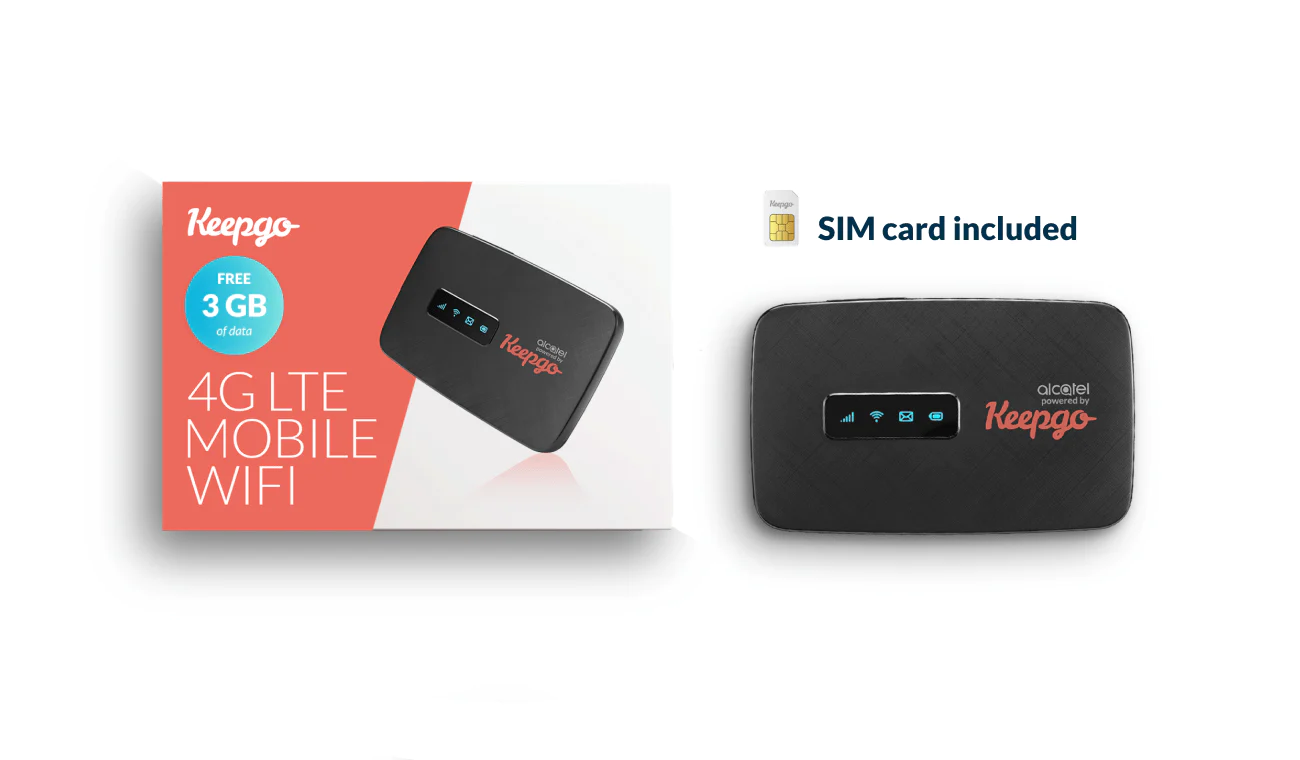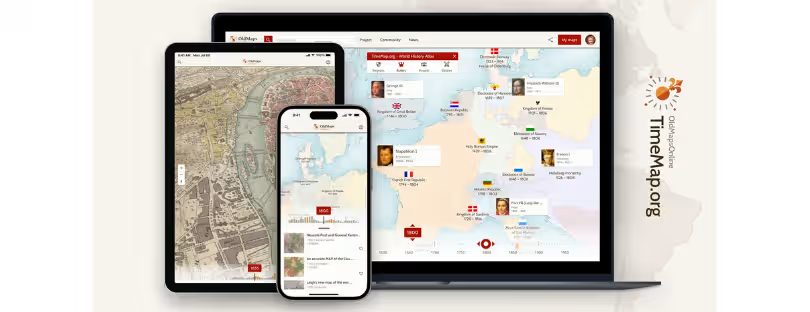
5 Things to Consider Before Buying a Mobile Hotspot
If you’re looking for a high-speed internet connection on the road, having to purchase wireless mobile coverage for every device you have can be rather irksome. It’s a lot more efficient and clever to get one connection to the wireless carrier’s network that will feed all your gadgets (travel partners’ as well) and will always be available whenever you’re abroad.
So, how do we set this up in the best way?
1. Know Your Limits
Wireless broadband connections aren’t cheap. It’ll cost you a lot more per megabyte than standard DSL or cable. However, when you’re traveling to foreign places, away from the people you know, the Internet becomes vital, like air, and finding a reliable and affordable mobile data provider can make all the difference in the world.
Plans vary from $24 per GB of high-speed mobile data valid for a full year with Keepgo to $120 (or more) for that same 1GB valid for thirty days with AT&T. Of course, you could purchase a local SIM card, but that’s rarely a good deal because 9 out of 10 times your data will expire after about 2 weeks, and you will get to use only a small percentage of your allocated balance. So if you travel more than 2-3 times a year, local SIM cards are not for you.
2. Hardware Types Buying a Mobile Hotspot
Before you pick a mobile modem, think about how many devices you need to connect. Is high speed imperative? What could be the potential interference? What about the ease of setup, limits, duration of use, coverage, and hardware flexibility?
USB sticks provide the fastest connection and are much more portable than WiFi hotspots. They go perfectly with a single notebook. Generally, they require you to download special drivers and connection software onto your PC for the USB stick to work. However, USB sticks have lost their popularity, so we will focus on WiFi hotspots.
The majority of the “palm-sized” mobile hotspots can only provide a few WiFi connections simultaneously. The MiFi, for instance, only allows five connections, while the Keepgo WiFi hotspot can easily maintain up to 15 connections. The smallest and most lightweight WiFi hotspot delivers high-speed 4G Internet connections in 100+ countries without throttling down internet speed or filtering traffic.
There is also a BNESIM GO Pocket Router with 5GB of Global Data, a new generation of wireless hotspot devices that gives you a fast and secure WiFi connection. It works in over 150 countries and offers a range of affordable plans that fit everyone’s needs. It is: SIM-FREE; Light & Pocket Size; Includes 5 GB of Global Data for FREE; Power ON & Play; Easy & Flexible Top-up Options; High Speed 4G; Multi-Carrier Support; and connects up to 8 Devices.
Some gadgets roam, and some don’t. Some of them can offer only one speed; others can provide two speeds. A device with one speed can only use what the device supports, while dual-speed mobile hotspots will utilize the fastest connection speed available from the cell site. But if a certain device supports only high speed—what is sometimes known as “4G”—and you’ve got no high-speed cell sites around, then there will simply be no connection.
One downside of mobile hotspots is the absence of an Ethernet port. An Ethernet port for a wired connection can save you a lot of nerves and frustration when you’ve got interference from the WiFi and hardware incompatibility between your WiFi devices.
3. To Tether or Not to Tether? Buying a Mobile Hotspot
If you decide to go down that road, cellular modems and mobile hotspots are not the only available choices. Most modern smartphones have “wireless hotspot” modes that enable connection to other mobile devices via WiFi. The majority of high-end wireless data plans today allow using hotspots, but if you’re taking a trip abroad and have your smartphone locked to the carrier, then tethering on your “home” data plan will cost you a pretty penny.
Generally, tethering from your phone is a great solution for occasional use, but since it tends to deplete your phone battery, it is not an ideal solution. Most phones can connect up to five gadgets, while hotspots can link up as many as fifteen, and they provide better support for VPN and port forwarding. Buying a Mobile Hotspot
4. How to Use Mobile Hotspots Efficiently
It is important to use your mobile data wisely when browsing the Internet via a mobile hotspot. Avoid streaming videos when you can. Video requires so much traffic that it will rapidly eat up your mobile data and leave you with no service or unexpected expense. If the speed is too slow, try using compression software with your browser. If you want to further improve the speed and preserve your data, switch off graphics in your browser (if you don’t need them, of course).
5. Mobile Hotspot Security
Mobile hotspots are great in terms of security. Generally, they are much more secure than a public WiFi connection. These days, many travelers opt for personal mobile hotspot devices, occasionally at slower speeds but less vulnerable to the outside world. Turning encryption on will keep the leaks at bay.
Here are some additional tips for using mobile hotspots securely:
- Update your mobile hotspot firmware regularly. Firmware updates often include security patches that can help protect your hotspot from vulnerabilities.
- Disable your mobile hotspot when you are not using it. This will help to prevent unauthorized access to your hotspot.
- Be aware of your surroundings when using a mobile hotspot in public. If you are in a crowded area, be careful about who is near you and what they may be able to see or hear.
By following these tips, you can help to keep your mobile hotspot secure and protect your privacy when you are using it.











